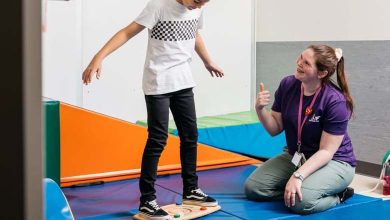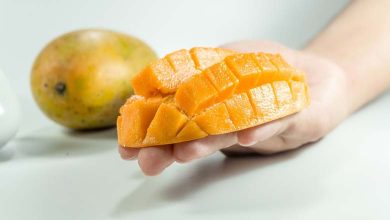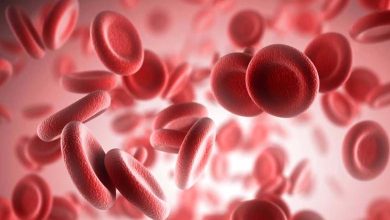How to check for cardiac health without equipment

The heart is probably the most important organ in your body. It should be kept in very good health. The latter is quite easy to control at home, without special equipment.
Have a heart good health is absolutely vital. Heart problems are the cause of many deaths each year. If some cardiac constants are better in the hands of professionals, others can be easily noted by you, at home. It is important to get a complete check-up regularly, but you can, more regularly, assess the health of your heart yourself, without any special device. Here are some solutions to do this.
The stairs test
Are you out of breath when climbing stairs? You can gauge your heart health by climbing flights of stairs. “If it takes you more than a minute and a half to climb four flights of stairs, your health may be problematic,” says Dr. Jesús Peteiro, study author and cardiologist in Spain
Rather, this exercise reflects your physical ability, but being in good physical condition is often synonymous with good heart health. The stairs test therefore remains an indicator. Others are more in-depth.
Check his heart rate
Heart rate is a basic measurement of your heart rate. It is easy to take without equipment and offers useful indications. Naturally, the heart rate changes throughout the day, depending on what you’re doing. During a period of stress or physical exertion, for example, the frequency is higher. When you are at rest, however, it is weaker.
You can, at home, measure your heart rate at rest and, conversely, your maximum rate.
Resting heart rate
It is taken when you are relaxed and at rest. Depending on the individual, a “low” or “normal” frequency varies greatly. For an adult, it is between 60 and 100 beats per minute. And the older we get, the more the frequency at rest tends to decrease.
Maximum heart rate
Maximum heart rate is measured during exercise. To get your maximum heart rate, all you have to do on paper is subtract your age from 220. This is obviously just an indicator. During moderate-intensity physical exertion, you should be between 65-75% of your maximum frequency. At high intensity, between 75 and 95%.
This maximum frequency is directly related to the aerobic capacity of your body. What is worked and maintained on a daily basis by playing sports, precisely.
How to measure your heart rate at home
You can take your pulse at different places on the body. One of the most easily accessible remains the radial artery, on your wrist. Place your index and middle finger inside your opposite wrist, and count the number of beats you feel in 15 seconds. Multiply this number by 4 to get the number of beats per minute. Start counting on a beat, that’s zero.
It is best to measure resting heart rate in the morning, right after waking up, while you are still in bed.
To measure during exercise, you must pause your effort to take your pulse. You can also use a smartwatch or activity tracker, if you have one.
Know the signs of heart disease
Many people with cardiovascular problems are not diagnosed until it is too late. Some common symptoms of heart attack, heart disease, and other urgent cardiovascular concerns include: chest pain, shortness of breath, swelling in the hands, legs, ankles, or feet, pain in the back or chest, heart palpitations, inconsistent heartbeat, dizziness , dizziness, numbness in the legs or arms, fatigue during any physical activity, heartburn, nausea, vomiting, fainting.












